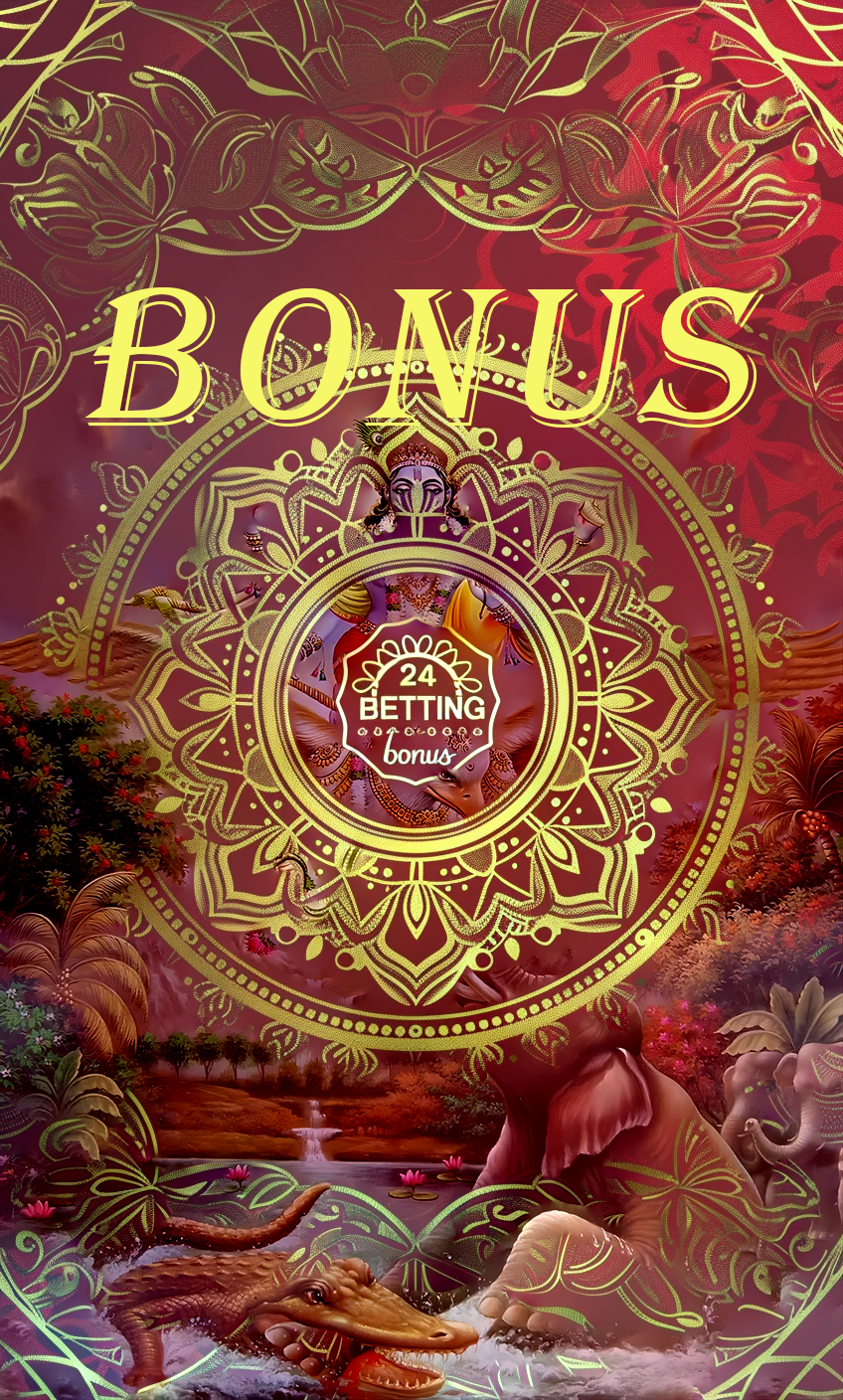Baccarat Explained: What is it & Can You Win?
The Allure of Baccarat: A Game of High Rollers & James Bond
Baccarat. The name conjures images of glamorous casinos, high-stakes drama, and, of course, James Bond’s sophisticated game of choice. For many, this aura of exclusivity creates a perception of immense complexity. But is baccarat truly a game reserved for seasoned gamblers, or is it something anyone can learn and enjoy? Many online platforms like EKBet are making the game more accessible than ever.
Is Baccarat Really as Complex as It Seems?
The truth is, baccarat is surprisingly straightforward. While the rules governing when a third card is dealt can appear daunting, the core gameplay is remarkably simple. Players predominantly bet on one of three outcomes – Player, Banker, or Tie – and leave the rest to the dealer. This simplicity, coupled with relatively low house edges on the Player and Banker bets, makes baccarat a popular choice for both casual and serious players. Finding a convenient method for your funds, such as an ekbet deposit, is often the first step to enjoyment.
Briefly Addressing the “Can You Win?” Question – A Realistic Outlook
Can you win at baccarat? Absolutely. However, understanding the inherent house edge and employing sensible money management are crucial. It's not a game where consistent guaranteed wins are possible, but smart betting and disciplined play can certainly improve your odds.
A History of Baccarat: From Italian Origins to Global Casinos
Baccarat’s origins can be traced back to 19th-century Italy, where it was first conceived. Legend attributes the game’s creation to Francesco Campioli, a banker who sought to entertain the Italian nobility. It quickly spread through Europe's aristocracy and eventually made its way to North America, finding a permanent home in the casinos of Las Vegas and beyond. Today, you can find it in both brick-and-mortar casinos and online platforms like ekbet.1com.
Core Gameplay: Player vs. Banker (and the Tie Bet)
The essence of baccarat lies in a simple comparison. The dealer deals two hands – one for the “Player” and one for the “Banker.” Your task is to predict which hand will have a total value closest to nine. You can bet on the Player winning, the Banker winning, or a Tie.
The Deck: Standard Baccarat Uses Multiple Decks
Standard baccarat is usually played with six or eight decks of 52 cards. This multi-deck approach exists to mitigate card counting and maintain the fairness of the game.
Card Values: Understanding the Point System (0-9)
Card values are assigned as follows: Ace = 1, 2-9 = Face Value, 10, Jack, Queen, King = 0. The goal isn’t to get as close to 21 (like in Blackjack) but to get as close to 9.
How a Hand is Evaluated: Adding Card Values & Modulo 10
When calculating the value of a hand, the card values are added together. However, if the total exceeds nine, the tens digit is dropped. For example, a hand of 7 and 8 totals 15. Applying the modulo 10 rule, the hand's value becomes 5 (15 - 10 = 5).
Betting on the Player: Payout & House Edge
Betting on the Player has a payout of 1:1, meaning you win an equal amount to your stake if the Player hand wins. The house edge on a Player bet is approximately 1.24%.
Betting on the Banker: Payout, Commission & House Edge
Betting on the Banker also has a payout of 1:1, but a 5% commission is deducted from your winnings. Despite the commission, the Banker bet has the lowest house edge at approximately 1.06%, making it statistically the most favorable bet.
The Tie Bet: Payout & Extremely High House Edge – Why Avoid It?
The Tie bet offers a tempting payout of 8:1 or even 9:1 in some casinos. However, this comes with a colossal house edge of over 14%! Statistically speaking, the Tie is relatively rare, making this a risky proposition, and it's best avoided. Exploring platforms like EKBet will show you the lucrative sports betting options available if you want a better chance of a win.
Common Baccarat Tables & Minimum/Maximum Bets
Baccarat tables come in various formats, with minimum and maximum bets differing significantly based on the casino and table. High-roller tables can have minimum bets of hundreds or even thousands of dollars, while more accessible tables may start at just a few dollars.
The Initial Deal: Two Cards for Player & Banker
The game begins with the dealer dealing two cards face up to the Player and two cards face up to the Banker. The initial hand values are calculated as described previously.
The Third Card Rule: Complex but Understandable (Detailed Explanation)
This is where baccarat gets a reputation for complexity. The Third Card Rule dictates when a third card is dealt to either the Player or the Banker, based on the initial two-card totals. The rule prioritizes the Banker, meaning the Player’s third card draw triggers the Banker's draw rule. Detailed charts are available at most casinos and online platforms, and you don't need to memorize it to play effectively.
Natural Wins: When 8 or 9 is Achieved on First Two Cards
If either the Player or the Banker has a total of 8 or 9 with the first two cards, this is called a natural and the hand is immediately declared the winner, unless both have naturals, in which case the higher natural wins.
Visual Example: Illustrating a Hand from Deal to Result
Imagine the Player receives a 7 and a 6 (total of 13, simplified to 3). The Banker receives a 9 and a 2 (total of 11, simplified to 1). The Banker wins with a higher hand value of 1.
Dispelling Myths: Baccarat Isn't About Card Counting
Despite what you might see in films, card counting is ineffective in baccarat due to the multiple decks and the complex Third Card Rule. The cards are constantly shuffled, rendering card counting useless.
The Role of Probability: Understanding the House Edge
The house edge represents the casino’s advantage over the player. Understanding the house edge on each bet (Player, Banker, Tie) is crucial for making informed decisions.
Money Management: Responsible Baccarat Play
Before playing, set a budget and stick to it. Don’t chase losses and know when to walk away. Responsible gambling is paramount. Even exploring games like chateau baccarat won’t change the importance of this.
Popular Baccarat Strategies (and why they largely don't work)
Many betting systems are touted as ways to beat baccarat, but they're largely ineffective against the house edge.
Martingale System Analysis
The Martingale system involves doubling your bet after each loss, aiming to recoup previous losses with a single win. While it can work in the short term, it requires a substantial bankroll and carries the risk of hitting the table limit.
Paroli System Analysis
The Paroli system is the opposite of the Martingale—you double your bet after each win. It’s less risky than the Martingale but relies on winning streaks, which are unpredictable.
D'Alembert System Analysis
The D'Alembert system involves increasing your bet by one unit after a loss and decreasing it by one unit after a win. It’s a more conservative approach but still doesn't overcome the house edge.
The Importance of Knowing When to Stop
Perhaps the most valuable strategy in baccarat is knowing when to stop playing. Set win and loss limits and adhere to them strictly.
Punto Banco: The Most Common Version
Punto Banco is the most widely played version of baccarat, especially in casinos across Europe and around the world. The rules are standard as described above.
Chemin de Fer: Player Turns as Banker
In Chemin de Fer, players take turns being the Banker. The role of Banker rotates clockwise around the table.
Baccarat Banque: Three Players Cycle as Banker
Baccarat Banque involves three players taking turns as Banker. This version is less common than Punto Banco or Chemin de Fer.
Mini Baccarat: Smaller Tables & Faster Gameplay
Mini Baccarat offers a more accessible and faster-paced experience, typically played on smaller tables with lower minimum bets.
Live Dealer Baccarat: Immersive Experience
Live dealer baccarat streams a real dealer to your screen, providing an immersive and interactive gaming experience. This mirrors the atmosphere of a land-based casino.
RNG Baccarat: Computer-Generated Gameplay
Random Number Generator (RNG) baccarat uses a computer algorithm to generate the game results, providing fast-paced and convenient gameplay.
Choosing a Reputable Online Casino
When playing baccarat online, it’s essential to choose a reputable casino with a valid license, secure payment methods, and a good track record. Be sure to research the platform before making any ekbet deposit.
Mobile Baccarat: Play on the Go
Most online casinos offer mobile-optimized versions of their baccarat games, allowing you to play on your smartphone or tablet.
Key Terms to Know: Banker, Player, Tie, Natural, Commission
Familiarizing yourself with basic baccarat terminology enhances your understanding of the game. Understanding “what is baccarat” also means getting familiar with these terms.
Casino Etiquette: Proper Betting & Gameplay Conduct
While baccarat is relatively simple, observing proper casino etiquette – such as placing bets clearly and respecting the dealer – ensures a smooth and enjoyable experience.
Recap: What You’ve Learned About Baccarat
Baccarat is a game of chance with simple rules, rooted in history, and offering several betting options. Understanding the house edge on each bet and employing responsible money management are key to maximizing your chances of success.
Final Thoughts: Enjoy Responsibly & Understand the Odds
Baccarat can be a fun and engaging game, but it’s crucial to approach it with realistic expectations. Remember that the house always has an edge, and responsible gambling is paramount. Enjoy the experience, understand the odds, and play within your limits.

